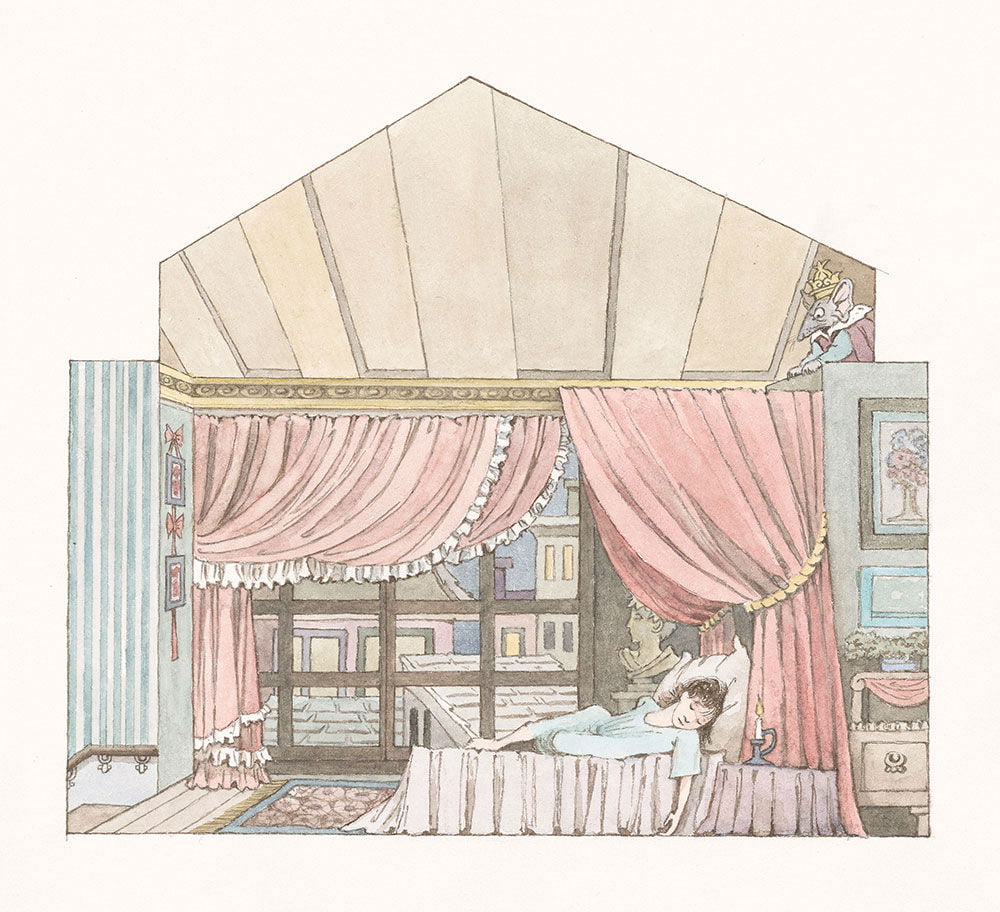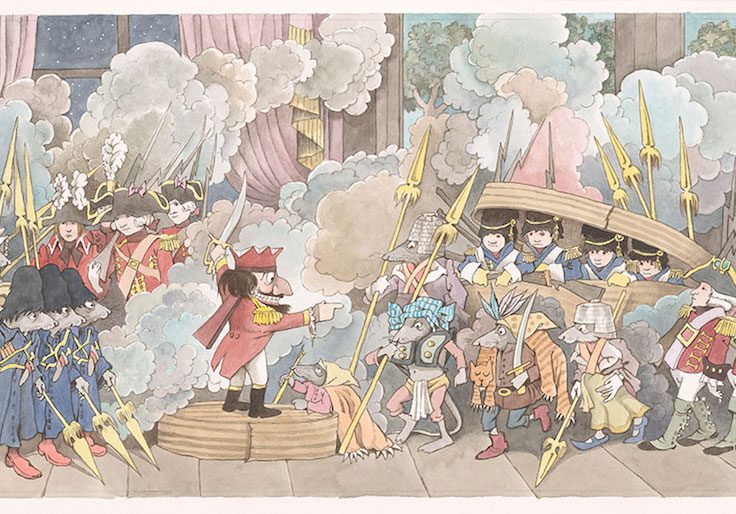Dance videos are having a moment, fueled in large part by TikTok.
Professionals and amateurs alike use the platform to showcase their work, and while the vast majority of performers seem to be in or barely out of their teens, a few dancing grandmas have become viral stars. (One such notable brushes off the attention, saying she’s just “an elderly lady making a fool of herself.”)
You’ll find a handful of dancers happy to make similar sport of themselves among the 52 celebrated, mostly middle-aged and older choreographers performing in And So Say All of Us, Mitchell Rose’s chain letter style dance film, above. Witness:
John Heginbotham’s spritely bowling alley turn, complete with refreshment stand nachos (4:10)…
Doug Varone’s determination to cram a bit of breakfast in before wafting out of a diner booth (5:15)…
And the responses David Dorfman, who both opens and closes the film, elicits aboard the 2 train and waiting on the platform at Brooklyn’s Atlantic Avenue stop … conveniently situated near commissioning body BAM (Brooklyn Academy of Music).
In the summer of 2017 — the same year TikTok launched in the international market — BAM asked filmmaker and former choreographer Rose to create a short film that would feature a number of choreographers whom outgoing Executive Producer Joseph V. Melillo had nurtured over the course of his 35-year tenure.
The result takes the form of an Exquisite Corpse, in which each performer picks up where the performer immediately before left off . Quite a feat when one considers that the contributors were spread all over the globe, and Rose had barely a year to ready the film for its premiere at a gala honoring Melillo.
To get an idea of the degree of coordination and precision editing this entailed, check out Rose’s detailed instructions for Globe Trot, a crowd-sourced “hyper match cut” work in which 50 filmmakers in 23 countries each contributed 2 second clips of non-dancers performing a piece choreographed by Bebe Miller (who appears fourth in And So Say All of Us).
A great pleasure of And So Say All of Us — and it’s a surprising one given how accustomed we’ve grown to peering in on work recorded in artists’ private spaces – is seeing the locations. Terraces and interior spaces still fascinate, though the lack of masks in populous public settings identify this as a decidedly pre-pandemic work.
Other highlights:
The comparative stillness of Eiko and Koma, the only performers to be filmed together (2:19)
Meredith Monk singing creekside in an excerpt of Cellular Songs, a nature-based piece that would also premiere at BAM in 2018 (5:51)
Mark Morris’ glorious reveal (6:59)
As with any Exquisite Corpse, the whole is greater than the sum of its (excellent) individual parts. Rose ties them together with a red through line, and an original score by Robert Een.
Participating choreographers in order of appearance:
David Dorfman
Reggie Wilson
Trey McIntyre
Bebe Miller
Kate Weare
Sean Curran
Faye Driscoll
David Rousseve
Gideon Obarzanek
Jodi Melnick
Jawole Willa Jo Zollar
Rodrigo Pederneiras
Eiko Otake
Koma Otake
Angelin Preljocaj
Brenda Way
Lin Hwai-min
Brian Brooks
Sasha Waltz
Donald Byrd
Stephen Petronio
William Forsythe
Nora Chipaumire
Karole Armitage
John Heginbotham
Miguel Gutierrez
Elizabeth Streb
Zvi Gotheiner
Ron K. Brown
Larry Keigwin
Annie‑B Parson
Doug Varone
Bill T. Jones
Rennie Harris
Ralph Lemon
Meredith Monk
Lucinda Childs
Meryl Tankard
Ohad Naharin
Daniele Finzi Pasca
Ivy Baldwin
Mark Morris
Susan Marshall
John Jasperse
Solo Badolo
Abdel Salaam
Martin Zimmermann
Aurélien Bory
Benjamin Millepied
Brenda Angiel
James Thierrée
Kenneth Kvarnström
Related Content:
Watch Awesome Human Choreography That Reproduces the Murmurations of Starling Flocks
The Mistake Waltz: Watch the Hilarious Ballet by Legendary Choreographer Jerome Robbins
A Dancer Pays a Gravity-Defying Tribute to Claude Debussy
Ayun Halliday is the Chief Primatologist of the East Village Inky zine and author, most recently, of Creative, Not Famous: The Small Potato Manifesto. Follow her @AyunHalliday.





